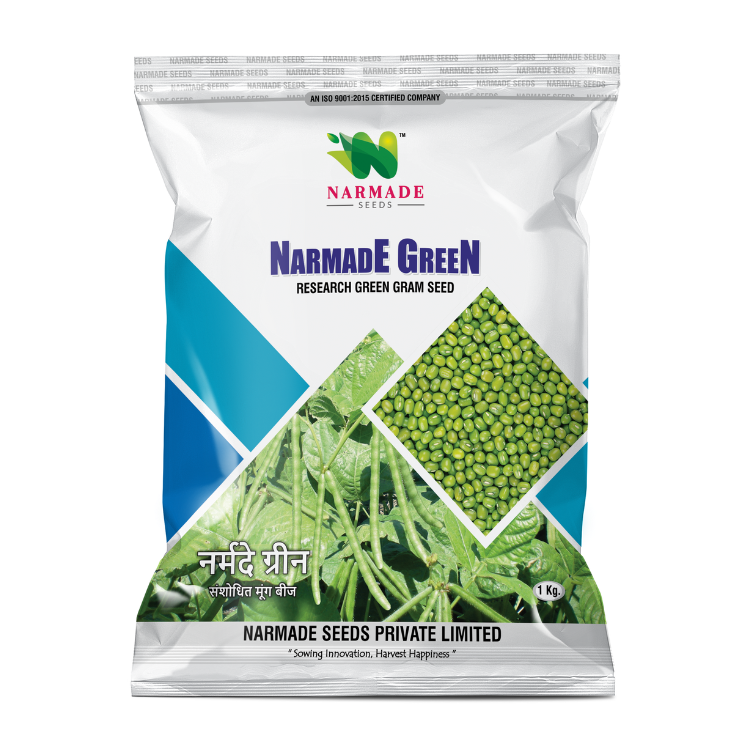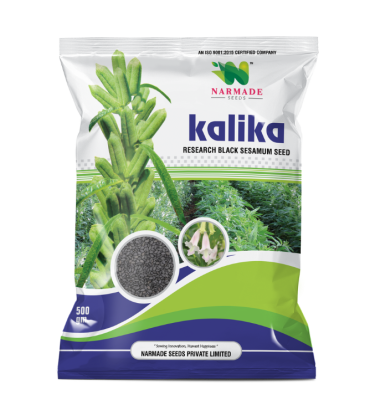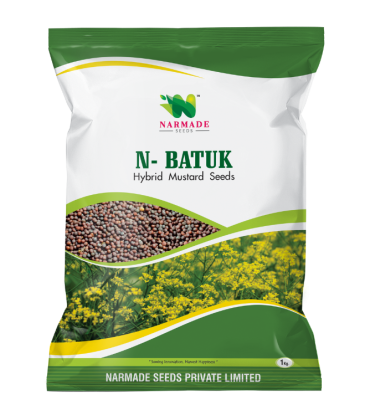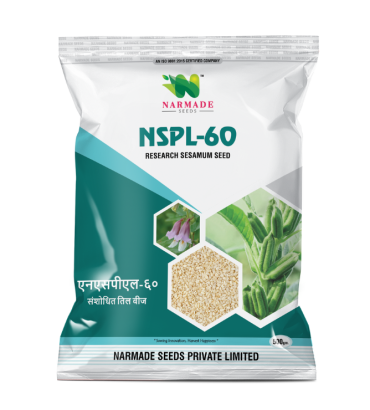1. Plant Characteristics:
- Green gram is an annual legume that belongs to the Fabaceae family.
- It is characterized by compound leaves and produces clusters of small, green pods containing seeds.
2. Nutritional Content:
- Green gram seeds are a rich source of plant-based protein, dietary fiber, vitamins (B-complex vitamins, folate), and minerals (iron, magnesium, phosphorus).
- They are a nutritious component of a balanced diet.
3. Culinary Uses:
- Green gram seeds are consumed in various forms, including whole seeds, sprouts, and ground into flour.
- They are used in a variety of dishes, such as curries, stews, salads, and desserts.
4. Sprouting:
- Green gram is commonly sprouted, enhancing its nutritional profile and making it a popular addition to salads and sandwiches.
- Sprouting increases the availability of certain nutrients and enzymes.
5. Crop Rotation:
- Green gram is often included in crop rotation practices as it helps improve soil fertility by fixing atmospheric nitrogen.
6. Culinary Cultivation:
- Green gram is cultivated in tropical and subtropical regions with well-drained soil and warm temperatures.
- It is grown both on a small scale by subsistence farmers and commercially for larger markets.
7. Health Benefits:
- Green gram is considered a healthy food choice due to its nutritional content and potential health benefits.
- It may contribute to heart health, weight management, and digestive health.
8. Economic Importance:
- Green gram cultivation holds economic importance for farmers, providing a source of income and livelihood.
9. Varieties:
- Different varieties of green gram may exist, adapted to local climates and agricultural practices.
- Varietal selection can impact factors such as yield, disease resistance, and maturity period.
10. Traditional Uses:
- In addition to being a staple in modern cuisine, green gram has traditional uses in various cultures, often featured in festive and celebratory dishes.







There are no reviews yet.